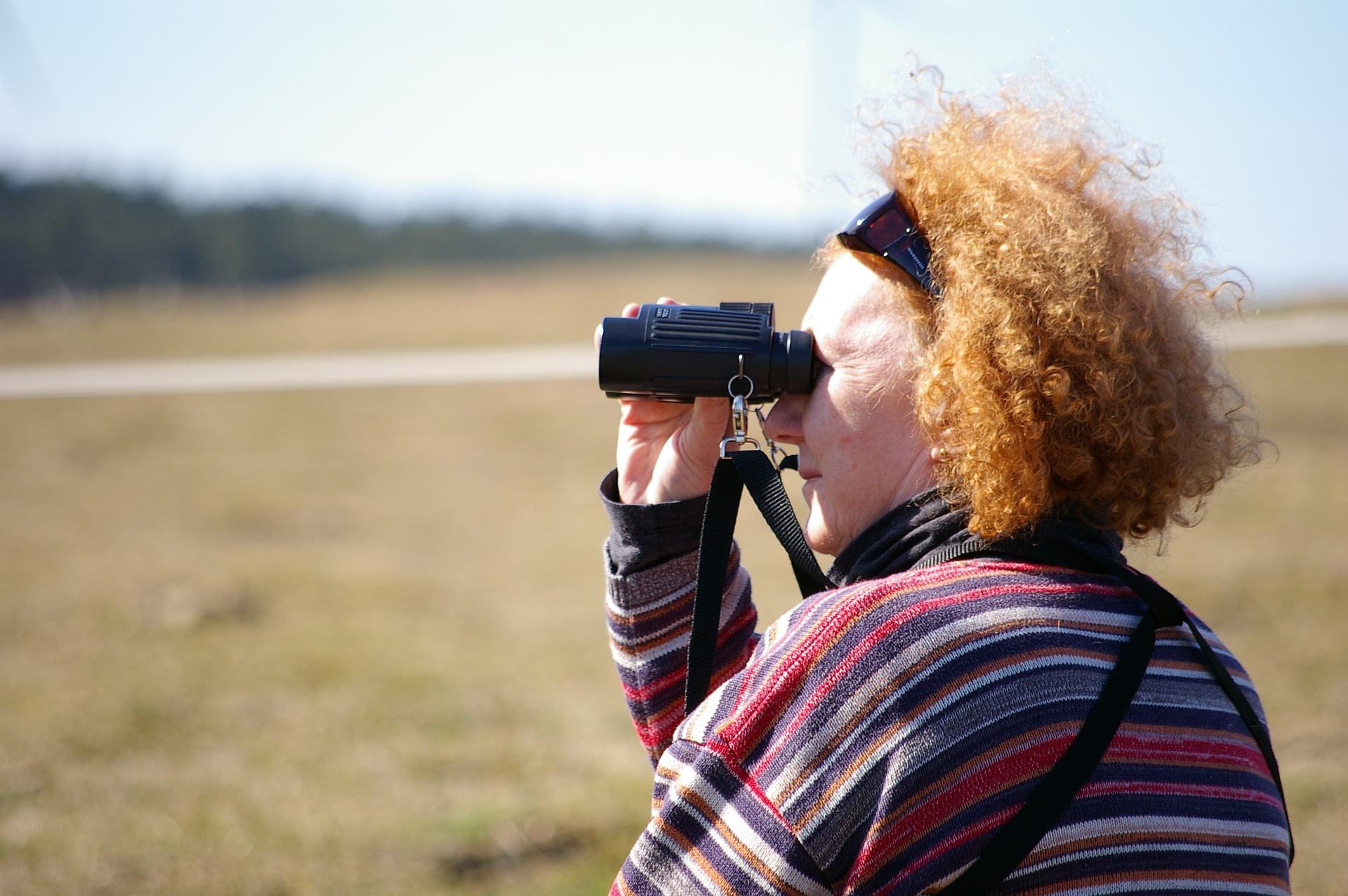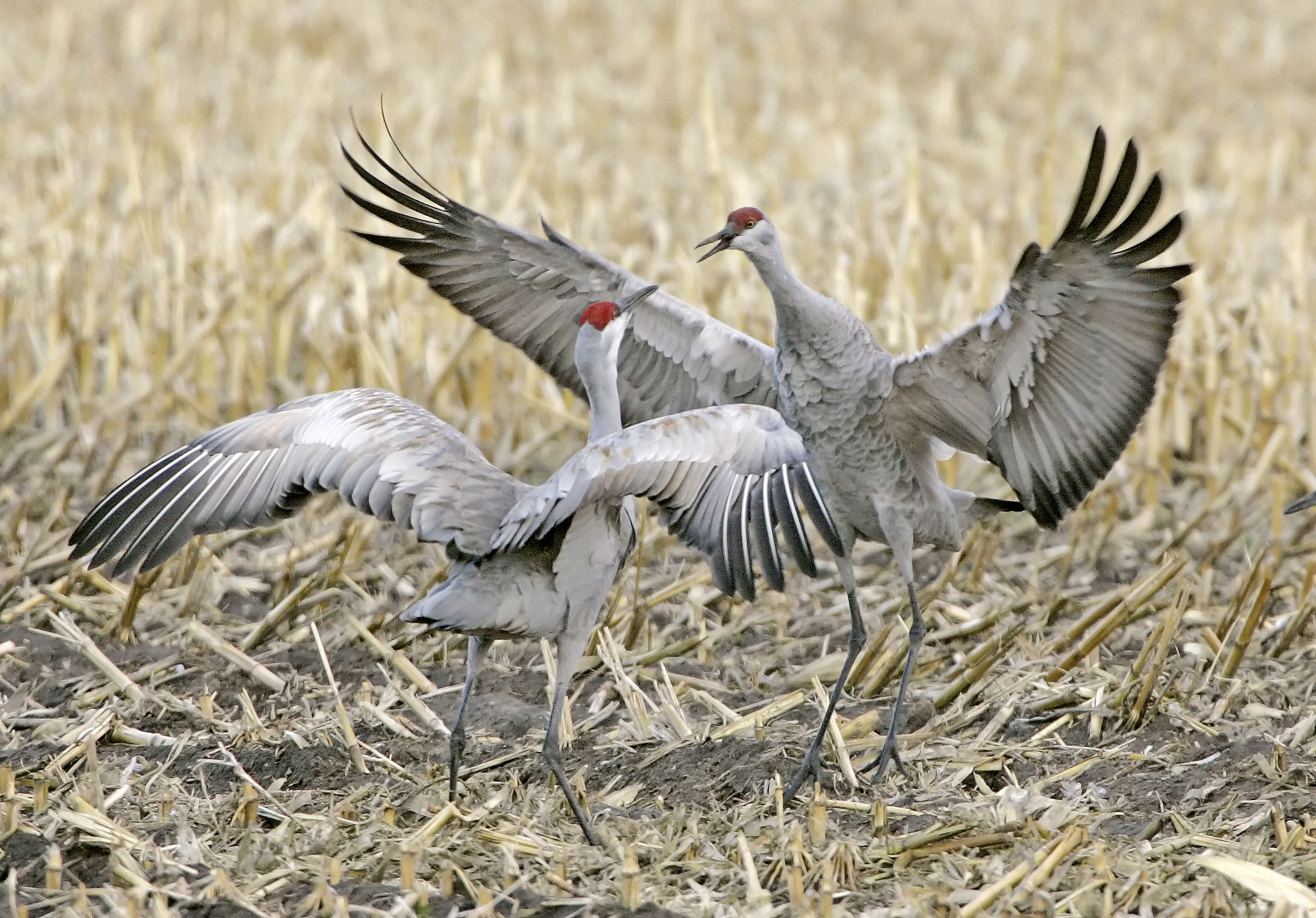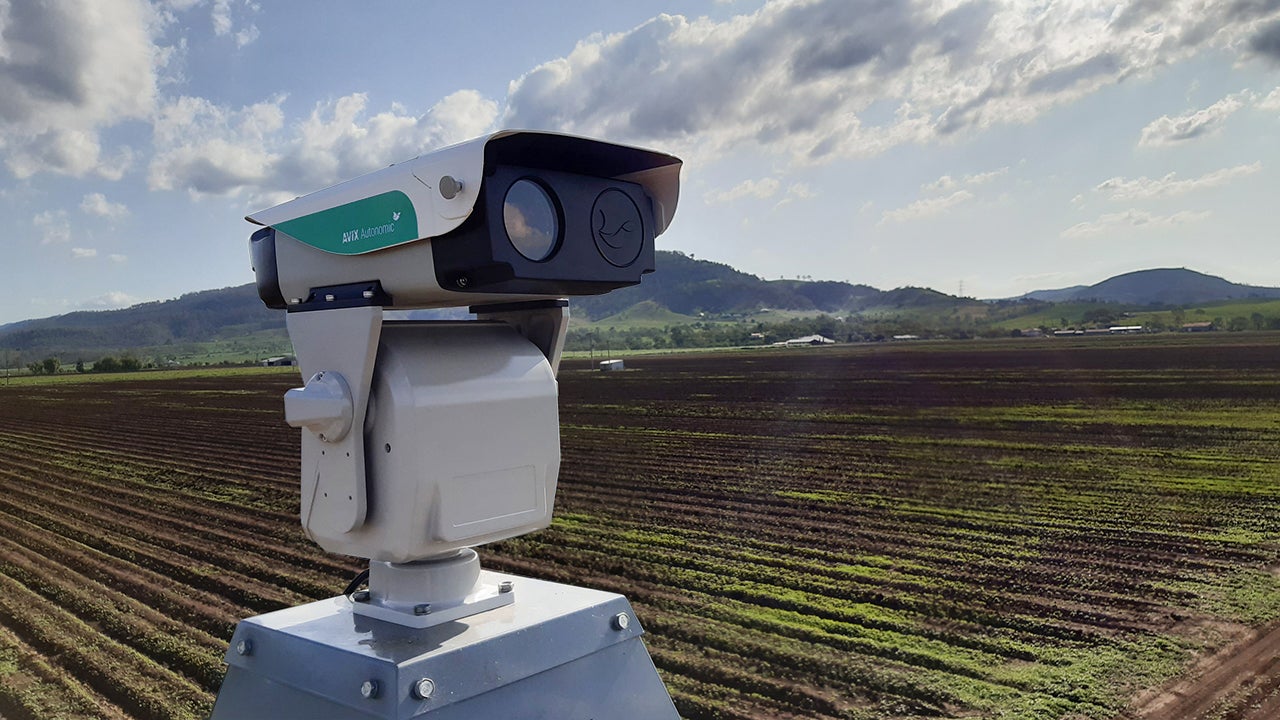Birds are a big part of the Wisconsin landscape and conservation efforts are always underway. We speak with two representatives of the Wisconsin Society for Ornithology about how their latest field study- the Wisconsin Breeding Bird Atlas II- is progressing.
Featured in this Show
-
Bird Breeding Survey Finds New Species In State
Organizers are about half-way through the five-year Wisconsin Breeding Bird Atlas II field survey, and according to the coordinating organizations, new species have been found breeding in the state.
The goal of the five-year citizen science project is to find out how many breeding birds are in the state and to locate where they are nesting. This is the second Breeding Bird Atlas survey to take place in Wisconsin, the first one was conducted from 1995 to 2000.
“When this is all said and done, we’re going to have the opportunity to compare the changes in Wisconsin’s bird population in the last 20 years,” said Nick Anich, the Wisconsin Department of Natural Resources Breeding Bird Atlas coordinator.
This time around, 12 more species have been found, making 222 confirmed breeding species in Wisconsin. Organizers believe there are more species, but have not yet found their nests and so they can’t be confirmed.
One of the newly confirmed species is the King Rail, a rare chicken-sized marsh bird. According to the Cornell Lab of Ornithology, it has declined alarmingly in the last 40 years.
“We are on the northern edge of its range,” Anich said. “That’s the newest, most exciting find this season so far.”
To cover all areas of Wisconsin, the state is divided into a grid of three-by-three-mile blocks and researchers are assigned to a block, Anich said.
“The bulk of the people involved in the operation are volunteer,” he said. “And we have over 1,300 participating.”
Although there are a lot of volunteers working on the survey, there are always more volunteers needed, said Anich, especially in less populated areas.
Experienced birders are needed to cover a block but non-experts are needed too, he said. Anyone in the state can contribute information through the eBird website, even if it’s just observations about birds nesting in yards.
Information about the survey and how to submit data can be found on the Wisconsin Society for Ornithology website.
When the atlas is finished, it will be published as a book with maps and accounts for every species, Anich said. Results are also available in real time on their site.
Episode Credits
- Larry Meiller Host
- Jill Nadeau Producer
- Nick Anich Guest
- Tom Schultz Guest
Wisconsin Public Radio, © Copyright 2024, Board of Regents of the University of Wisconsin System and Wisconsin Educational Communications Board.



